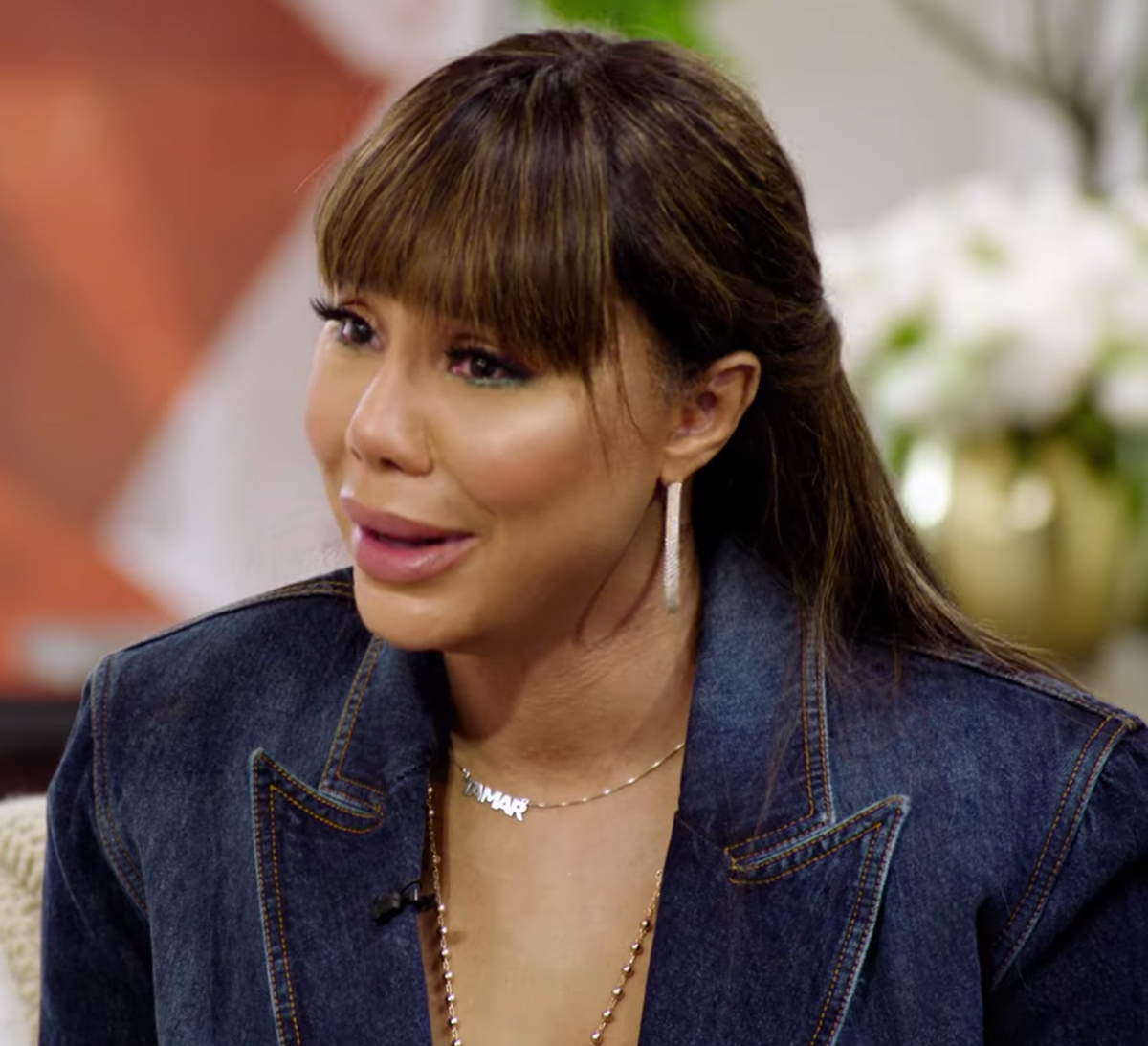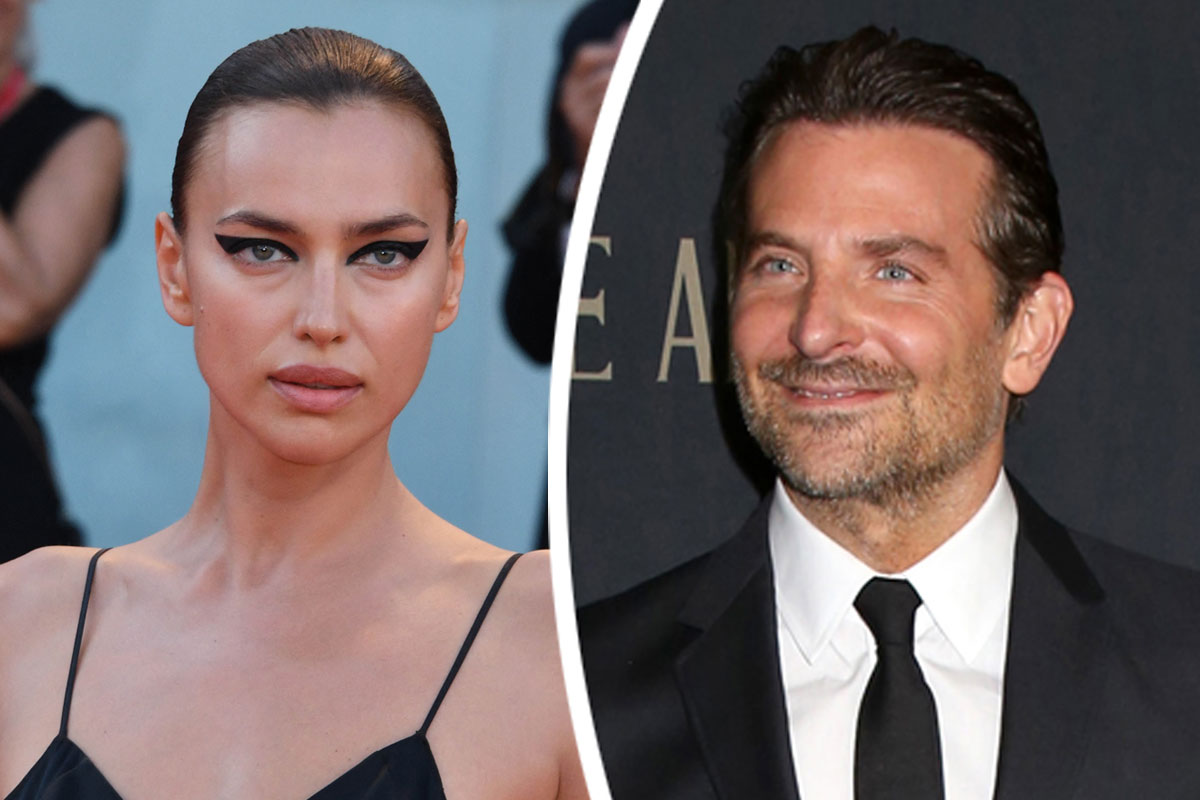#‘Black Panther: Wakanda Forever’ Star Angela Bassett on the Film’s High Emotional Stakes: “We Wanted to Move Mountains and Hearts”

Table of Contents
‘Black Panther: Wakanda Forever’ Star Angela Bassett on the Film’s High Emotional Stakes: “We Wanted to Move Mountains and Hearts”
[Warning: This story contains spoilers for Black Panther: Wakanda Forever.]
Use it. Angela Bassett learned that lesson from Lloyd Richards, the late former dean of her alma mater the Yale School of Drama, years ago. It’s a mantra that came back to her when working on Ryan Coogler’s Black Panther: Wakanda Forever as she reprised the role of Queen Ramonda, who becomes leader of the nation of Wakanda in the wake of the death of her son, T’Challa, a plot point that was necessary given the circumstances surrounding the untimely passing of star Chadwick Boseman in August 2020. Meshing her own grief with her character’s, Bassett returned to those words of her instructor: “Use it.”
Bassett owns the screen as a woman trying to hold her country together while also grappling with her sorrow and the buried emotions of her daughter, Shuri (Letitia Wright). The Oscar-nominated actress builds on her performance from the first installment of the Marvel franchise, while also providing a devastating end to Ramonda’s story as she sacrifices herself to save a young prodigy (Dominique Thorne). Talking over Zoom, Bassett discussed returning to Ramonda, her frustration over her character’s death and, of course, using it.
You were dealing with personal grief over Chadwick on this film, and you were also portraying grief onscreen. I’m interested in how, as an actor, you tackle that from an artistic perspective.
I think you just have to start with an awareness of it and lean into it. I remember years ago, I was on Broadway being directed by Lloyd Richards, who was the head of the drama school that I attended. He was directing me in a pivotal scene. It was a very personal scene itself. Also, the actor I was opposite in the scene, we had a tumultuous outside situation that had gone on as well. We were breaking up in the scene. It was breaking up, it was just messy, painful. I pushed it away and was above it all emotionally, outside of it emotionally. [Richards] said, “You have a relationship, don’t you?” I said, “Yes,” pulling back, like, “Where are you going with this?” “Two words,” he said. “Use it.” That’s all he said. And it made everything better. It freed everything. It gave allowance to just dive right into it. I’ve always remembered that moment: “Use it.” And what that said to me was, make all that pain or what you’re going through … this is art. We go through hard things in life, but you’re an artist. And if you have an opportunity to use it, you make that pain good for something, for some illumination, for audiences who sit in the dark and watch it later. It’ll reflect what they’re going through or what they will go through at some point.
Here we are years later, decades later, in a scene portraying grief. And I’m experiencing grief, having lost this dear, dear brother, who plays my son. We are all going through this grief. I mean, literal tears every day on the set as we’re sitting on the set where we sat with him, not knowing what we now know as we try to strike lightning again. It comes back to me, those two words, “Use it,” to express a mother’s grief, and a mother’s love, and a mother’s loss, a mother’s fierceness, and a mother’s tenacity. All those.
What was the preparation like for returning to the role of Ramonda?
When you do it the first time, it’s like, “There are so many possibilities, which way do you want to go with her?” But now that a template’s been laid [and] ground has been walked, you come in. You’ve got the technical aspect of it. We’re going to work with the dialect coach on these new words. That was one of the main concerns, just to sound credible and believable. You sound so other than yourself. You’ve got to wear it. You don’t do anything vocally that’s going to take an audience out of the picture for a moment. So, constantly trying to refine that. Sometimes there are challenges, especially if it’s been written where there’s a lot of R‘s in a row. (Rolls a bunch of R‘s in a row.) I don’t walk around rolling my R‘s on a daily basis. Say: “Riri.” (Emphatically rolls the R’s in the name of the character played by Dominique Thorne, who will become a superhero.) Can I call her Ironheart?
That’s the technical aspect. You want to feel comfortable with that, and sometimes you do, sometimes you don’t, but you also have to marry that with emotion that has to be real. Thankfully, we had enough time that you could work a couple of times a week with the vocal coach so you can just say, “Whew, OK, now I got that, and I don’t have to worry about that. Now I can just concern myself with what I’m doing in the scene. What are my objectives in this scene? What do I want in the scene, need in the scene, get in the scene, don’t get in this scene, and how I’m going to get it.”
How does that all come together, for instance, the U.N. scene at the beginning of the film where you are tasked with commanding the room and expressing grief?
Just one element at a time. Like I said, we had maybe about a month or a couple of weeks before we had to go there. It’s dealing with just the lines and what you’re saying and taking your time. Also, just that day — I mean, the room is prepared for you by the most genius production designer ever, Hannah Beachler. The costume is prepared for you by the amazing Ruth Carter. I mean, I even had a leaning board to stand in between. Sometimes it’s too uncomfortable to sit when you have a metal cage around your torso and it takes two people to dress you, and Ruth’s attention to detail on every single element that you have on. Then you have those who are around you, those men with those incredible headpieces that look like horns off a water buffalo or something. Then the Dora [Milaje] and all their strengths. So, using all that visual information that I have, I don’t know, I just let it fill me up.
Ruth’s costumes are astounding. How do they affect your performance?
In [the first] Black Panther, some of my costumes were a little simpler — a lot simpler — than in this one. Mother is very proud of her kids — very proud of her son, the king, and the way he comports himself; of her daughter. She’s in a more advisory, sage role, there to the left of him; [she’s] got his back, but more laid-back. In this one, because of the story, of course, Ramonda has to step up with more responsibility and into this role of sovereign and queen and mother and protector of not just her immediate family, but the entire land. And so Ruth’s costumes were much more elaborate. It mirrored that for me.
I mean, [in the first one] there was a white [costume]. It was almost just like a simple A-line dress with various Wakanda writing, but it was very simple. There’s power in simplicity. But in this one, there were so many various layers. I think that mirrored all the layers of who Ramonda had to step up to be in this instance. Her costumes just fed into that for me. The headdress became more elaborate with the gold on top of the head. I was like, “Oh, you are just … What next, Ruth?”
I read that when Ryan proposed the idea of your character’s death to you, you said, “No.”
I think I just let out an audible (mouths screaming the word “no”). And my husband was like, “What’s wrong? You OK?” Of course, I can’t tell him all what’s going on, can’t spoil the story. Definitely didn’t tell the kids. Then it became this secret that I had.
Wait, I have to ask: Can you not tell your husband (Courtney B. Vance) because of Marvel secrecy? Or does he just not want to know?
I could tell him. He wouldn’t want it to happen either. He didn’t want to see that either.
What was the process of coming around to that plot point, and how did it inform your performance?
You’re just looking at the script and just seeing the trajectory of the character and never playing ahead, never playing the end at the beginning. So you just have to forget about that as much as you can. And then, after you get over the shock of it and the disappointment of it, then you give into it, into doing what you have to do. Yeah. That was a long wet day, though, I’ll tell you. A long wet, wet day.

Courtesy of Marvel Studios
I’d love to hear about that. What was it like doing the water stunts?
Oh my gosh. Well, they’re trying to keep you comfortable by putting you in an undergarment of a scuba suit. A neoprene wet suit. Then you have this beautiful silk organza, whatever, purple dress over it. Ruth has planned that because it is going to look a certain way when you’re underwater. Those other glorious costumes would not look that good underwater. So you have this on top of it. And they are throwing water bombs at you, spraying you, just hour upon hour.
You’re doing French hours [with no pause for meals], so you don’t have a break in between. You are just constantly wet for about 12 straight hours. You’re trying to eat your lunch on your lap, you’re trying to take a nap, and yet you have this wet neoprene and this wet dress. The worst part is when you have to go to the little girls’ room and you’re pulling wet neoprene off your body. It was just very interesting — not. But all for the good, all for the glory, all for the beauty. It looks far more beautiful than it felt.
What are some of the reactions you’ve heard to Ramonda’s death? And how has that affected you?
Oh, I love it. I love that friends, audiences have been so impacted by it. I’ve heard constantly, “I’m sad and I’m mad.” I was like, “Well, that’s how I felt.” A friend texted me and said, “The theater is literally weeping.” I was like, “I wish I were there. That’d be something to see. That would really be something to see and hear.” So many texts. “Why didn’t you warn me? I couldn’t believe it.” Or another friend, my roommate from college: “I kept saying, they have a Heart-Shaped Herb. Shuri will come up with something. She’s going to come back. I kept holding on until the end, because by some miracle, Ramonda’s going to come back. She’s going to cough.” They wanted to believe that was not the end.
You mentioned Shuri, and I wanted to ask about developing Ramonda and Shuri’s relationship during this film. Because of the horrible circumstances before you began shooting, you and Letitia were thrust together and this relationship became the core of the film. How did you figure out the nuances of this very complicated mother-daughter relationship?
It helps that we had that history together of [the first] Black Panther. I just fell in love with her. Then, of course, we had about two or three years before we had to return. Of course, she lives in London, and I live here, so you don’t have any communication there. Then we began filming. We had a little bit of rehearsal and everyone’s — although sad, we’re also happy to be together again and have this opportunity. Because of what the story meant to the world and to audiences and for representation, we’re all just so proud. We’re so sad, we’re so proud. All these various emotions. Then we began shooting and everything’s going well, and we’re shooting under COVID. And everybody’s kind of staying safe. Then we had another break because a stunt had gone awry. And so [Letitia] had to sit down and heal. That’s scary. That’s frightening.
When we were able to come back, that scene [by the water between Shuri and Ramonda about grief] took place. Just like a feeling of a mother’s love and concern and my own concern for her and for how she was doing, that was real and [available] to use because it is someone you love and care about. It was a dicey little situation that really could have gone left. But by the grace of God, it did not. She was OK, but needed that time to heal. It wasn’t far or hard to get to that point, that feeling of concern that I would have for her and for her to be all right physically, mentally and emotionally. Those are all the elements that are playing in the storyline. So I could, again, use it.
You’re coming onto the set where so many of the people who were in the first Black Panther and had this relationship with Chadwick are dealing with this loss. Then you’re introducing new actors, like Dominique Thorne and Tenoch Huerta. How were they incorporated into this moment that you were dealing with?
It seems like it would’ve been really odd for them to come into this phenomenon and you’re, like, the new kid or whatever. But I think that situation brought up so much real, genuine feeling, so that when someone who arrives is new, you have a sense they may feel a little behind the step or trying to figure out their way in, how difficult that might be. We already have an open heart because of what we’re dealing with. We are very embracing.
I love my colleagues. I love young Dominique — oh, just cute as she can be, so wonderful in the scenes, so earnest, so pure. And then to work with Tenoch. English is not his first language. I mean, he’s up there in a green [pair of] briefs, and he’s really got to keep it together, hold it together. You just had a lot of compassion for what they had to do, but they were so proud. I know Tenoch was so excited in one moment. One day, he was saying just what this character was going to represent for his people and for his land and for Mexico and all of Latin America. It was like, “Yeah, we know, buddy.” We walked that path. We get it.
Everyone was very open. It is just the best crew and cast, led by the most phenomenal, openhearted Ryan Coogler telling the story about these strong, vulnerable, passionate women, forwarded by these genius artist women in Ruth and Hannah and Autumn [Durald Arkapaw], who is our cinematographer. Women are at the helm. Oh my gosh. Mountains are moved. That’s all we wanted to do, to move mountains and move hearts. I think we accomplished that.
Interview edited for length and clarity.
This story first appeared in a December stand-alone issue of The Hollywood Reporter magazine. To receive the magazine, click here to subscribe.
If you liked the article, do not forget to share it with your friends. Follow us on Google News too, click on the star and choose us from your favorites.
For forums sites go to Forum.BuradaBiliyorum.Com
If you want to read more Like this articles, you can visit our Social Media category.




